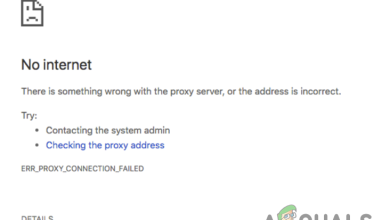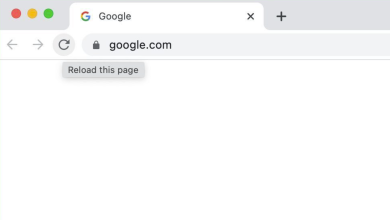How to Fix Google Chrome When It’s Taking Too Long to Load?
Chrome, a web browser developed by Google, is considered one of the best web browsers available today. While there are numerous fast and capable web browsers out there, such as Mozilla Firefox, Opera, and Safari, Google Chrome often surpasses them in various aspects. Its speed, user interface, and reliability contribute to its leading position. Nevertheless, Chrome can sometimes present issues.

A common issue Windows users have encountered with Google Chrome is the browser’s slow startup, sometimes taking up to 10-15 minutes to load, which is frustratingly sluggish and unacceptable. Fortunately, this issue can typically be resolved by implementing a few straightforward solutions.
Several factors may contribute to your browser’s prolonged load times, such as:
- Hardware Acceleration: Hardware Acceleration, when enabled in the Settings menu, has been reported to cause issues.
- Google Chrome’s Default Folder: The ‘Default’ folder in the Chrome installation directory may be the culprit.
- Third-party Extensions: Some third-party extensions may interfere with the browser’s loading speed.
Before proceeding with the solutions, ensure that any proxy or VPN services are deactivated in both the system settings and Chrome’s own proxy settings.
The following solutions can help restore Google Chrome to its optimal performance.
Solution 1: Disable Extensions
Start by disabling the extensions installed on your browser, as they can occasionally delay the startup process.
- Browse to your Google Chrome installation directory, which is typically:
C:\Program Files (x86)\Google\Chrome\Application\
- Right-click on ‘chrome.exe‘ and select Properties.
- Go to the Shortcut tab.
- Add the following to the Target field:
--disable-extensions
- Your entry should resemble this:
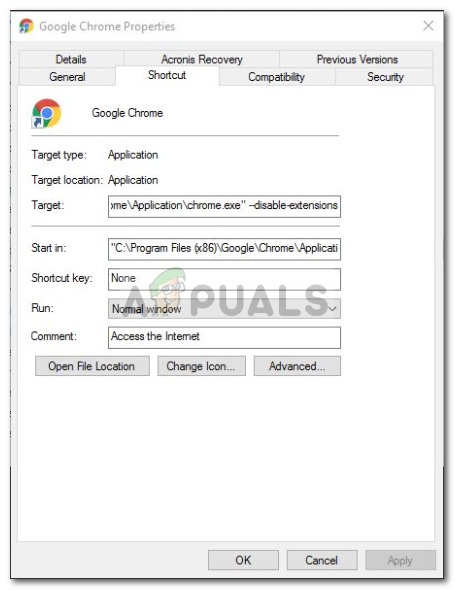
Disabling Google Chrome Extensions - Launch the browser to see if the problem is resolved. If not, try disabling developer mode in Chrome’s Extensions Menu.
Solution 2: Turn Off Hardware Acceleration
Hardware Acceleration is often used to more efficiently perform certain hardware operations, but it can sometimes lead to issues like slow startup. Disabling it could resolve your problem:
- Open Google Chrome.
- Click the Customize and Control Google Chrome (three dots) icon in the top-right corner and select Settings.
- Scroll down and click on ‘Show advanced settings‘.
- Under the System section, find Hardware Acceleration.

Turning Off Hardware Acceleration - Disable Hardware Acceleration.
- Close the browser and restart it.
Solution 3: Rename the Default Folder
The Default folder located in the Google Chrome installation directory stores user profiles, including settings and extensions. Issues with this folder’s contents can cause a slow startup. Renaming the Default folder allows Chrome to create a new profile. However, before proceeding, back up your bookmarks or sync your Chrome with your Google account, as this step will reset Chrome and delete all existing data.
- Open Windows Explorer.
- Enter the following path in the address bar:
%LOCALAPPDATA%\Google\Chrome\User Data\
- Find the Default folder and rename it to Backup Default.

Google Chrome Default Folder - Restart the browser.
Solution 4: Reset Network Adapter
Slow startup may also be related to network adapter settings. Resetting these settings has resolved the issue for some users:
- Open an elevated command prompt by pressing Windows Key + X and selecting ‘Command Prompt (Admin)‘.
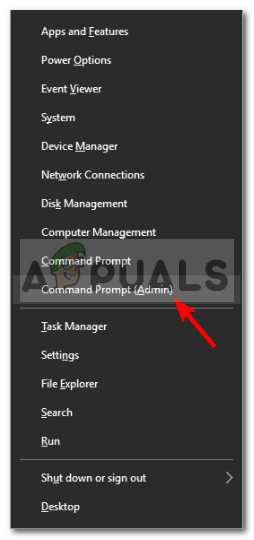
Opening an Elevated Command Prompt - Enter the following command:
netsh winsock reset

Network Adapter Reset – The Command Prompt - Reboot your system.
- Open Chrome and test for the issue.
Solution 5: Log in to Google
In some instances, the problem was caused by not being logged into a Google Account.
- Launch a new tab in Chrome.
- Sign in with your Google Account.
- Restart Chrome and verify if the issue persists.
Solution 6: Clear Browsing Data
Corrupted or improperly configured browsing data, cache, cookies, and history can slow down Chrome. Clearing this data might resolve the issue:
- In Chrome, click on the action menu (three vertical dots) and select Settings.
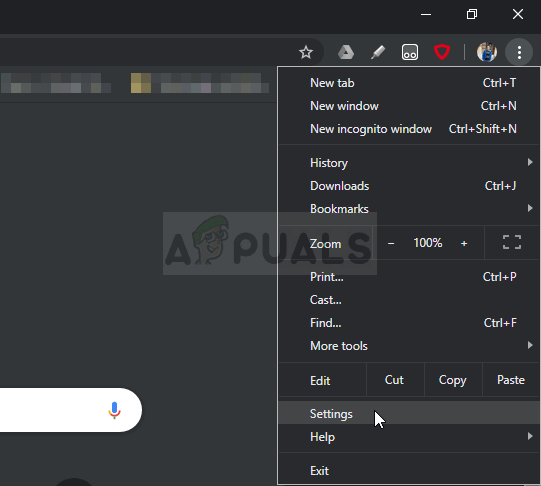
Settings in Google Chrome - Go to Privacy and Security and select Clear Browsing Data.
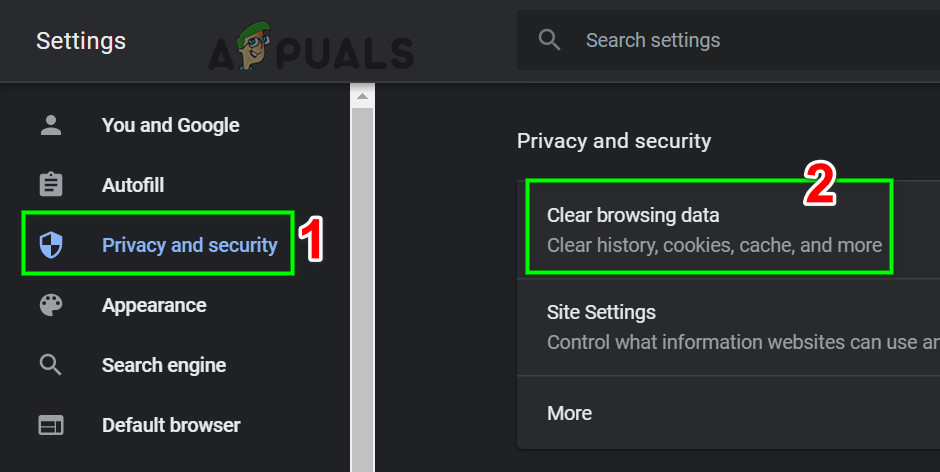
Clear Browsing Data - In the Advanced tab, choose the time range and categories to clear, then click Clear Data.
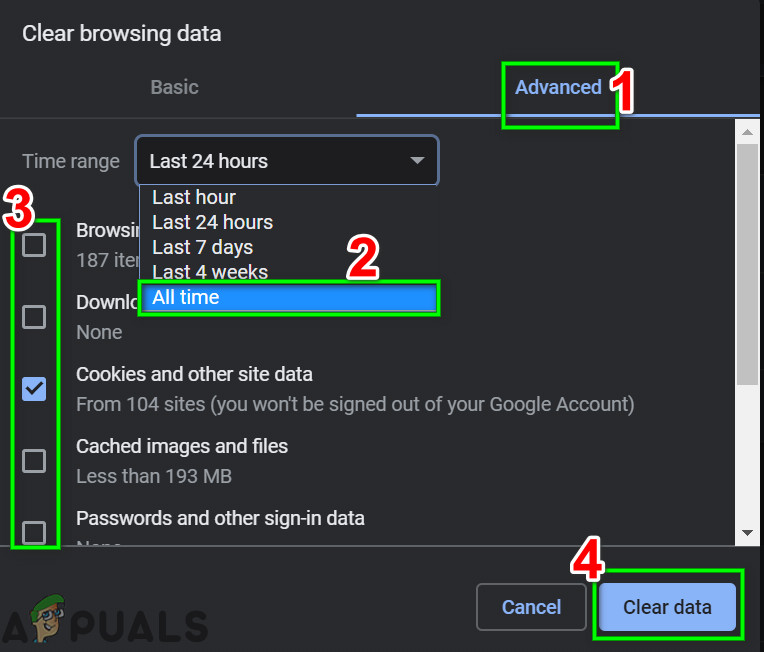
Clear Browsing Data of All Time - Re-launch Chrome to check if the issue has been resolved.
Solution 7: Run the Program Compatibility Troubleshooter
Windows includes the Program Compatibility Troubleshooter to address common software issues. Running it may resolve Chrome’s slow loading:
- Press the Windows key, type ‘troubleshoot,’ and select the top result.

Open Troubleshoot Settings - In the right pane, scroll down to Program Compatibility Troubleshooter.
- Click “Run this troubleshooter“.
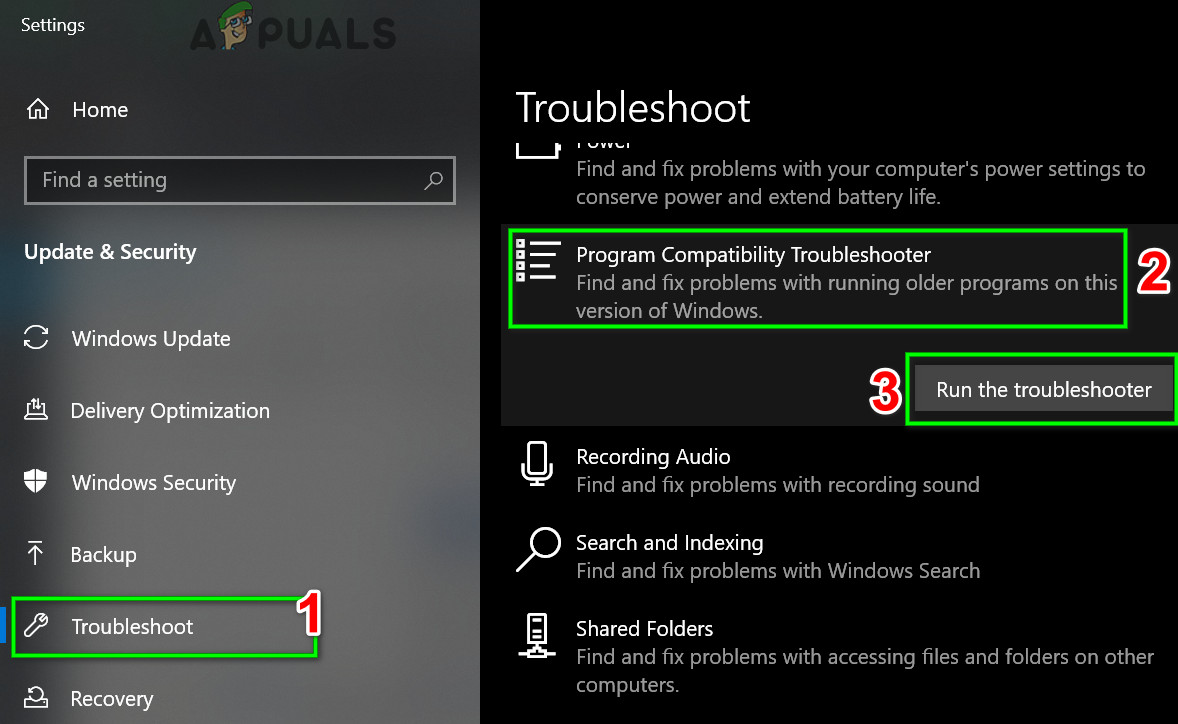
Run Program Troubleshooter - Select Google Chrome from the list and click Next.
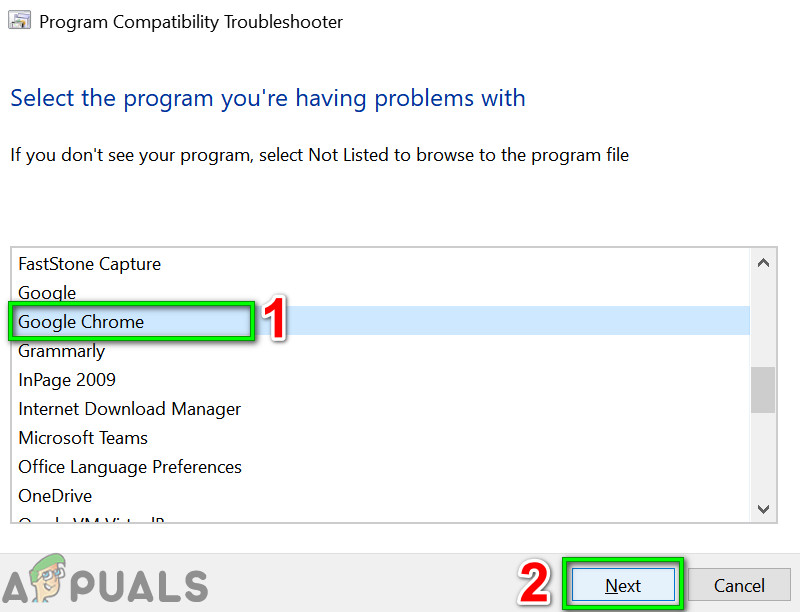
Select Chrome in Program Compatibility Troubleshooter - Complete the troubleshooting process by following the on-screen instructions.
- Open Chrome to see if the issue has been resolved.
Solution 8: Use Chrome Cleanup Tool
Malware can also cause Chrome to hang at the loading screen. The Chrome cleanup tool is designed to detect and remove such malware:
- Open Chrome and access the action menu (three dots). Select Settings.

Access Google Chrome Settings - Click on Advanced followed by Reset and Clean Up.

Click Reset and Clean Up in Chrome Advanced Settings - Choose “Clean Up Computer“.
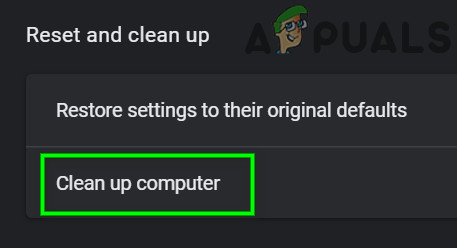
Select Clean Up Computer - Start the search by clicking Find.

Click on Find in Clean Up Computer - The message “Checking for harmful software…” will appear. Wait for the scan to complete.

Checking For Harmful Software - If harmful software is detected, you will be prompted to remove it. Click Remove.

Remove Harmful Software - Relaunch Chrome to verify if the issue is resolved.
Solution 9: Reset Google Chrome
Chrome has an in-built reset option that cleanses the browser of temporary configurations and creates fresh files. This action also removes any accounts linked to Google. If any files or configurations are corrupt or incomplete, they may cause Chrome to freeze while loading. Resetting Chrome to factory defaults may solve the problem.
Refer to Solution 7 in our article on How to Fix Google Chrome High CPU Usage for instructions on how to reset Google Chrome.
Solution 10: Reinstall Google Chrome
If none of the previous solutions work, a full reinstallation of Google Chrome might be necessary. The issue could stem from corrupted files, which would be addressed by uninstalling and then reinstalling the browser. Ensure that the installation process is not interrupted, so that the browser can be installed properly.
